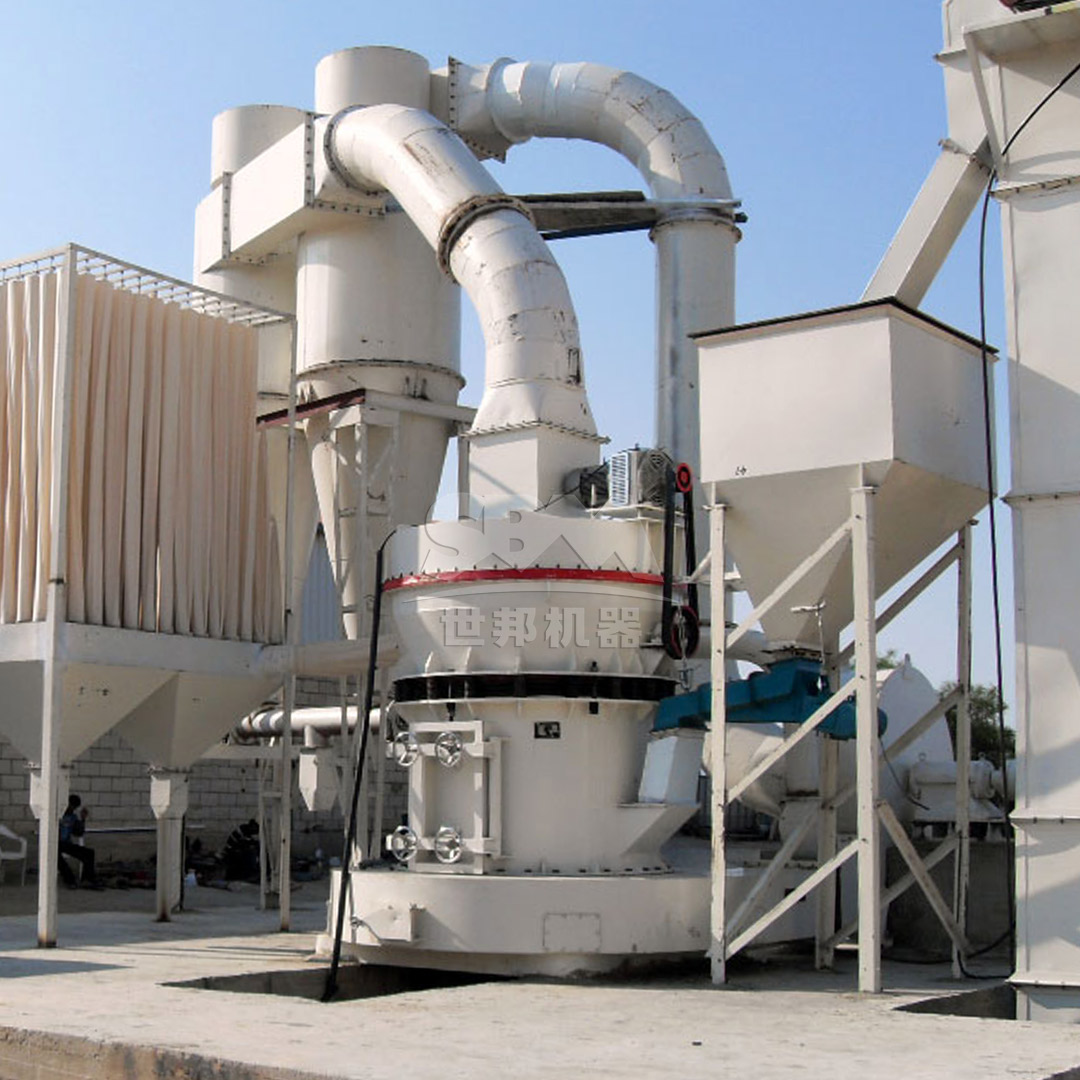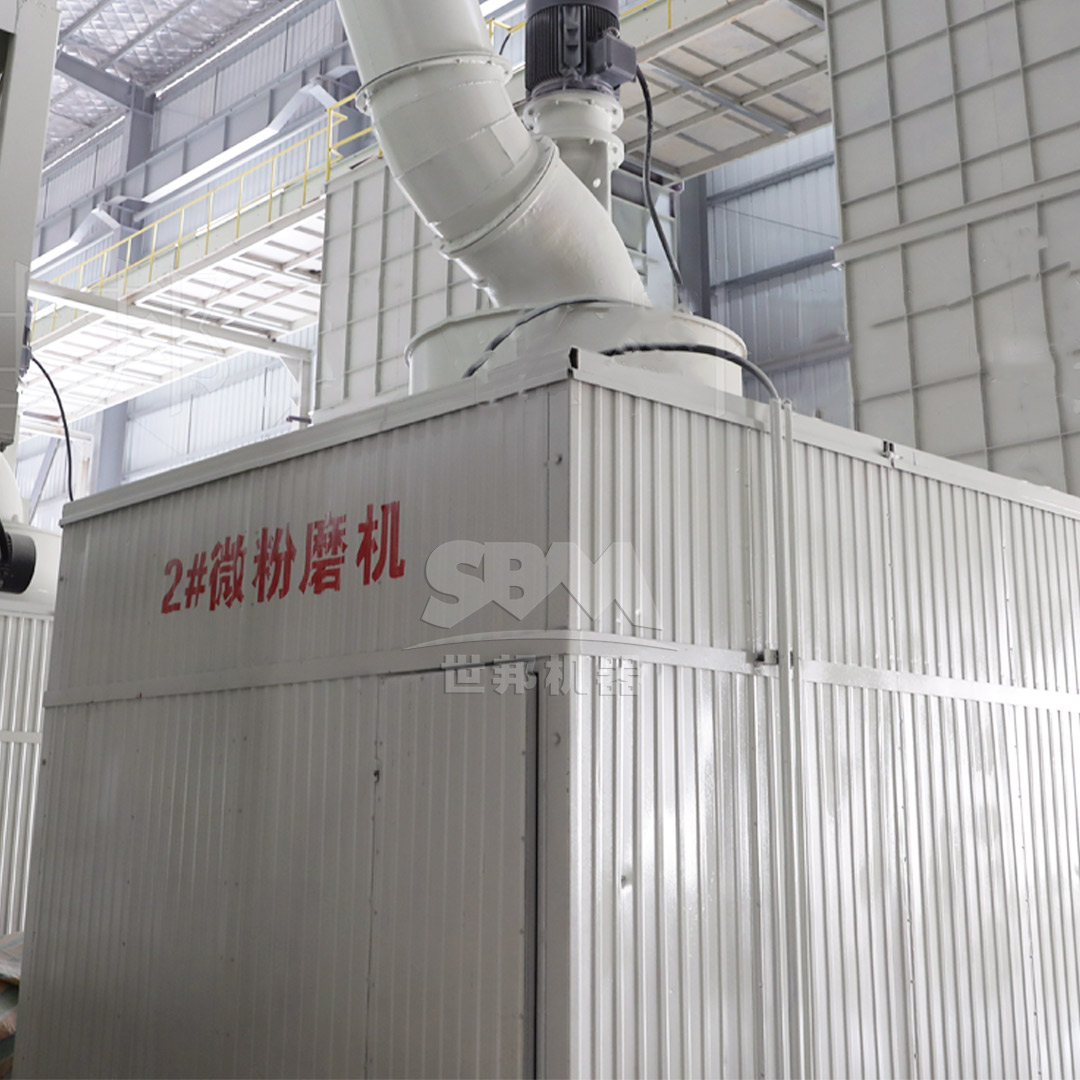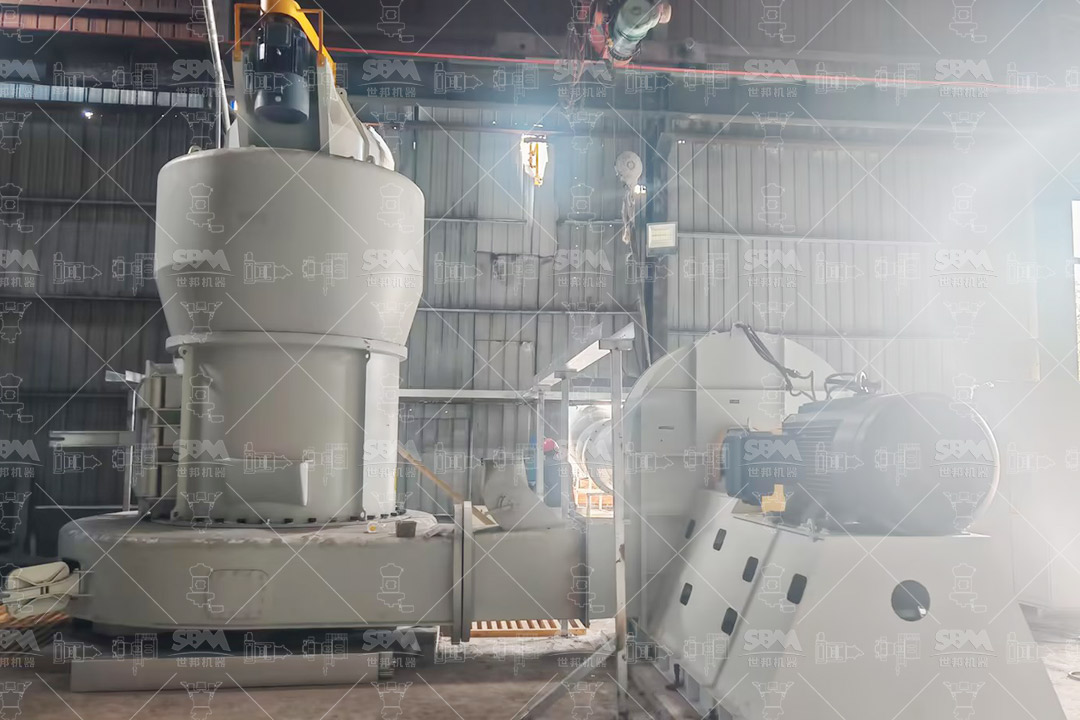Kaolin clay, a naturally occurring hydrated aluminum silicate, has become an indispensable functional filler in the rubber industry. Its plate-like structure and chemical inertness contribute significantly to improving mechanical properties, processing characteristics, and cost efficiency of rubber compounds. When processed into high-purity fine powder through advanced milling technologies, kaolin demonstrates exceptional reinforcement capabilities comparable to premium carbon blacks.

The performance enhancement directly correlates with particle size distribution. Our research indicates optimal results are achieved when:
| Parameter | Standard Grade | Premium Grade | Ultra-Fine Grade |
|---|---|---|---|
| D50 (μm) | 2.5-5.0 | 1.0-2.5 | 0.5-1.0 |
| D97 (μm) | ≤15 | ≤8 | ≤5 |
| BET Surface Area (m²/g) | 12-18 | 18-25 | 25-35 |
To achieve these stringent specifications, we recommend our SCM Ultrafine Mill series, specifically engineered for kaolin processing:

The plate-like morphology of kaolin particles forms a three-dimensional network within the rubber matrix. When processed through our SCM mills:
| Property | Without Kaolin | With SCM-milled Kaolin | Improvement |
|---|---|---|---|
| Mooney Viscosity (ML 1+4) | 85±5 | 65±3 | 23.5% reduction |
| Extrusion Rate (g/min) | 120 | 165 | 37.5% increase |
| Die Swell (%) | 15.2 | 9.8 | 35.5% reduction |

Our MTW Series Trapezium Mill offers additional advantages for large-scale kaolin processing: